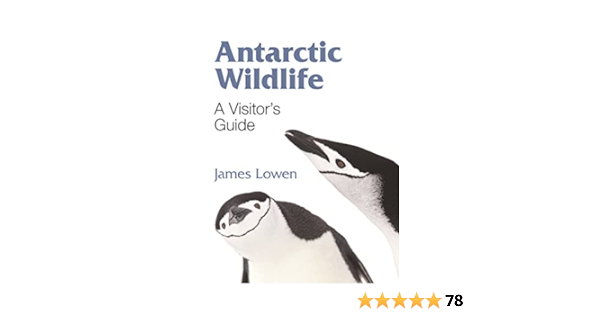Discover the Rich Biodiversity of Antarctica ===
Antarctica, the frozen continent located at the southernmost tip of the Earth, may seem like a desolate and barren place, but beneath its icy surface lies a surprising wealth of biodiversity. Despite its harsh climate and extreme conditions, Antarctica is home to a diverse array of wildlife that has adapted and evolved over millions of years. In this article, we will delve into the fascinating world of Antarctic wildlife, exploring their unique adaptations, iconic species, hidden wonders, conservation efforts, and the challenges and opportunities they face in the future.
=== Unique Adaptations: How Antarctic Wildlife Survives the Extreme Conditions ===
Surviving in Antarctica requires remarkable adaptations that enable wildlife to withstand the freezing temperatures, strong winds, and long periods of darkness. One of the most incredible adaptations is the presence of insulating layers, such as thick blubber in seals and feathers in birds, which provide much-needed protection against the cold. Additionally, many species have developed compact body shapes, reducing surface area and heat loss. Antarctic fish produce an antifreeze protein that prevents their blood from freezing. These adaptations allow wildlife to efficiently utilize limited food resources and endure the rigors of the Antarctic climate.
=== Iconic Species: Meet Penguins, Seals, Whales, and Albatrosses ===
When we think of Antarctic wildlife, iconic species like penguins, seals, whales, and albatrosses immediately come to mind. Penguins, such as the Emperor Penguin and the Adelie Penguin, are expert swimmers and adept at surviving both on land and in the frigid waters. Seals, including the Weddell Seal and the Leopard Seal, can be found lounging on the ice or hunting for fish beneath the frozen surface. Whales, such as the Humpback Whale and the Orca, migrate to the Southern Ocean to feed on krill and other small marine organisms. Albatrosses, with their impressive wingspans, gracefully glide through the skies, covering vast distances in search of food.
=== Hidden Wonders: Unveiling the Lesser-Known Antarctic Fauna ===
Beyond the well-known species, Antarctica holds a myriad of lesser-known and often overlooked wildlife. The Antarctic krill forms the foundation of the Antarctic food chain, providing sustenance for many other species. Antarctic toothfish, also known as the “Icefish,” possess unique transparent blood and are masters of survival in the extreme cold. Various seabirds, such as the Snow Petrel and the Antarctic Petrel, nest in rocky crevices and brave the harsh weather conditions. These hidden wonders contribute to the overall biodiversity of Antarctica and offer a glimpse into the intricacies of its delicate ecosystems.
=== Conservation Efforts: Protecting the Fragile Ecosystems of Antarctica ===
As human activities expand in Antarctica, conservation efforts have become crucial to protect its fragile ecosystems. The Antarctic Treaty System, established in 1959, regulates human interference and promotes scientific research. Protected areas, such as the Ross Sea Marine Protected Area, safeguard important habitats and ensure the preservation of biodiversity. Strict regulations are in place to prevent the introduction of invasive species, which could devastate local fauna and flora. Continued research and monitoring efforts are essential to guide effective conservation strategies and mitigate potential threats to the unique wildlife of Antarctica.
=== Future Outlook: Challenges and Opportunities for Antarctic Wildlife ===
Despite the protections in place, Antarctic wildlife faces numerous challenges in the future. Climate change, with rising temperatures and melting ice, threatens the delicate balance of ecosystems. Disruptions to food webs could have cascading effects on various species. Pollution, especially from plastic debris and oil spills, poses a significant risk to marine life. Additionally, the increase in tourism and fishing activities in the region requires careful management to avoid negative impacts. However, with increased awareness and international cooperation, there are opportunities to mitigate these challenges and ensure the long-term survival of Antarctic wildlife.
===
Exploring the diverse wildlife of Antarctica is a journey into an enchanting and fragile world. From the remarkable adaptations that allow animals to thrive in extreme conditions to the iconic species that capture our imagination, Antarctica offers a glimpse into the wonders of nature. As we strive to protect and conserve this unique ecosystem, it is crucial to remember our responsibility to safeguard the future of Antarctic wildlife. By understanding and appreciating the rich biodiversity of Antarctica, we can work towards sustainable practices and ensure the preservation of this awe-inspiring natural wonder.

